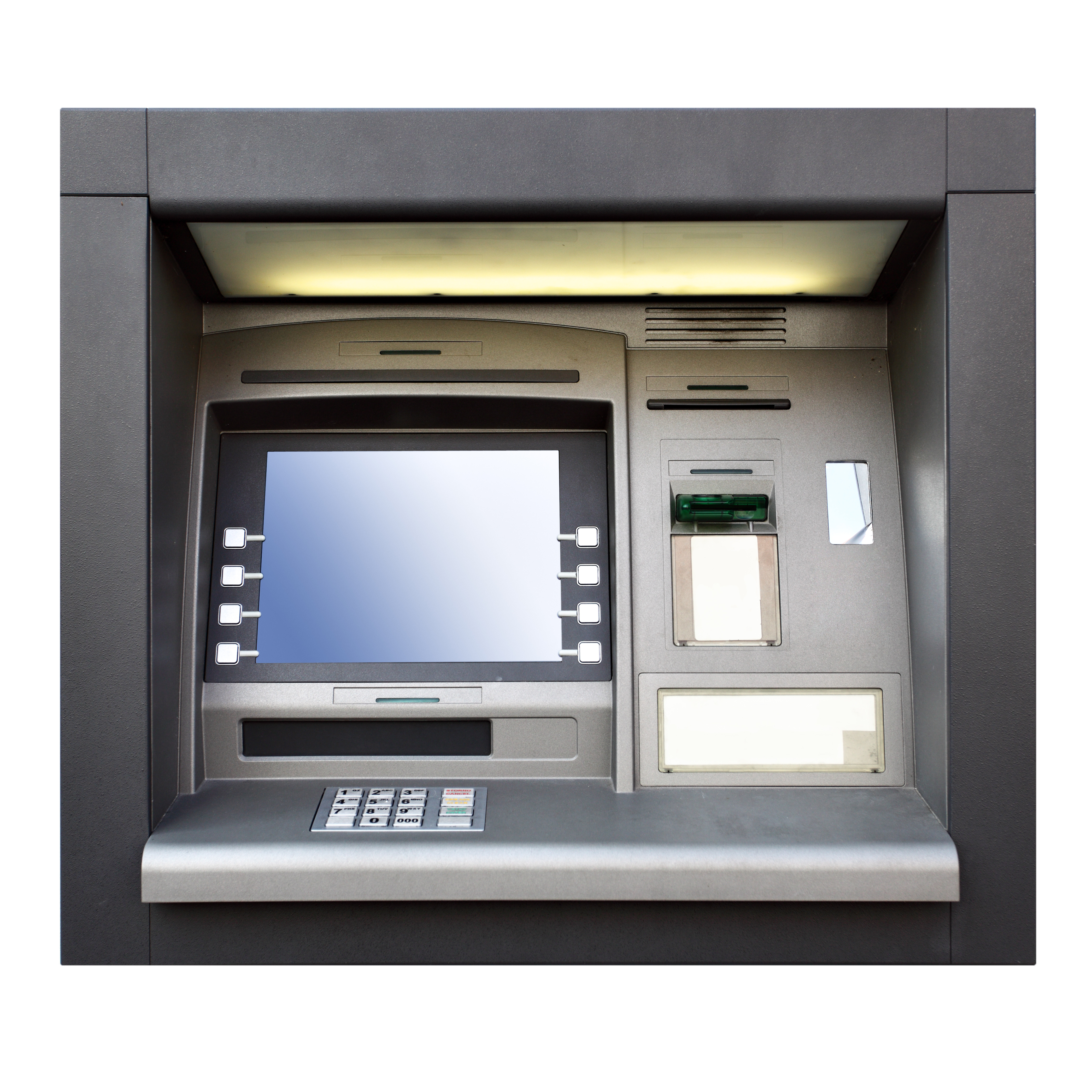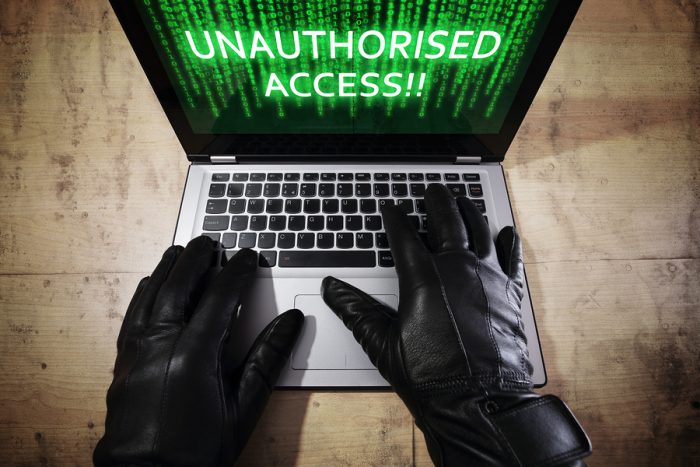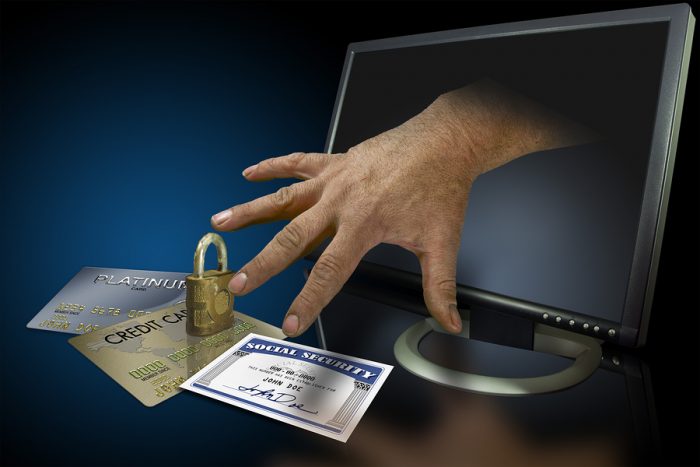
With today’s technology, sometimes being careful is not enough. One of the latest tools of identity thieves is called skimming and it may be beyond your control. Skimming can happen virtually anywhere.
What Is Skimming?
This latest type of fraud records your credit card numbers and then transfers to a duplicate card. More cases of credit card thieves using “skimming” devices to steal unsuspecting customers’ credit card information are popping up across the country, not just at gas stations, but also ATMs and even restaurants.
When a credit card is run through a skimmer, the small device stores the cardholder’s data, allowing the thief to sell or clone the data.
How Does It Work
The thieves just slip an electronic magnetic strip reader over the existing card slot at an ATM or other point of sale device. When you swipe your card, the skimming device reads it first and then the normal card reader for the point of sale reads it to process your transaction. You have no clue that your data has ever been stolen.
Newer skimmers can broadcast the card data to the thieves either by Bluetooth (or by GSM cellular). This enables the thieves to capture the account numbers real time as the account holder makes a purchase or a withdrawal.
Paying At The Pump
Gas stations may be the most vulnerable of all for skimming. Pumps today are largely automated and often unattended, giving criminals plenty of opportunity to embed skimming devices in them late at night. In Colorado, a maintenance worker found skimming devices inside three gas pumps. They are not visible to the naked eye.
ATMs Are Also Prime Targets
Just like gas pumps, ATMs are exposed and unattended. Debit cards are very desirable to thieves because they can deplete an account quickly without the account holder’s knowledge. The typical ATM skimmer is smaller than a deck of cards and fits directly over the card reader.
To get your PIN number, thieves install tiny cameras with a fish-eye mirror and mesh overlaid on keyboards. This particular method is easy for thieves to get caught. Some criminals may even install a fake PIN pad over the actual keyboard to capture the PIN directly.
Signs Of Tampering
When going to an ATM, look for some sure signs of tampering near speakers, the side screen, the card reader or the keyboard. If something looks different, like color or material, or graphics aren’t aligned, don’t use that ATM. Compare the ATM to others around the area if you are unsure if it looks like it has been compromised.
Also, try to wiggle any of the parts on the ATM. Nothing should feel loose, especially the card reader or keyboard. Wiggle the card as you insert in the ATM. The skimmer needs the swipe in one single motion. Wiggling the card as you enter it will not interfere with your transaction, but will disrupt the skimmer.
Play It Safe
Banks and credit card companies are constantly improving security systems to stay ahead of identity theft thieves. ATM manufacturers are also improving technology on machines. If you feel a machine has been compromised, simply don’t use that machine. You can run your finger along the card slot to see if anything comes loose or feels like it doesn’t belong. If anything seems out of the ordinary, report it to the bank immediately and use a different ATM.
Use an ATM in a busier location as thieves stay away from busier areas to avoid being caught installing or going back for the data. Bank ATMs are typically safer because of security cameras. ATMs inside a grocery store or gas station are usually safer than ones outside. Also, chances of skimmers are higher on the weekend since it takes additional time for the consumer to report stolen information to the bank.
Always use a credit card at gas pumps. Credit card monitoring finds and detects unusual activity much quicker than a debit card. Most credit card companies offer zero liability programs, so you won’t be responsible for any fraudulent charges. With debit cards, it may be too late when you notice your account has been compromised.
As with any other identity theft threats, one of the best defenses is to consistently monitor your accounts to check for any unusual activity. Report unusual activity immediately. If your debit card is stolen and your account is drained, you may have to get a loan until everything is resolved.
Still worried about identity theft? Look into an identity protection service, such as Lifelock, to secure round-the-clock monitoring against security threats and skimming. Specialists will notify you of any suspicious activity on your card. This service acts as an extra cushion for regularly monitoring your statements.




